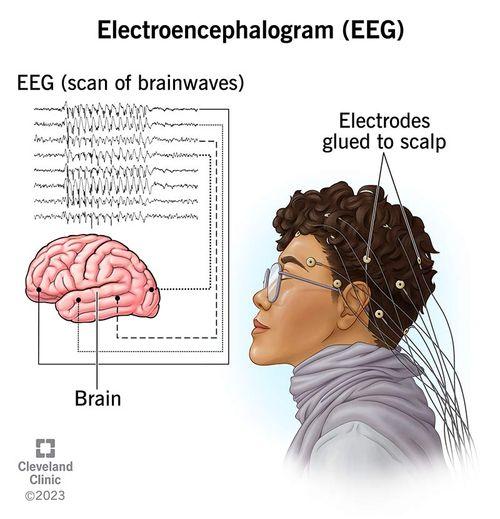First recorded EEG of a dying human brain
-
The first-ever EEG scan of a dying human happened with an 87-year-old epilepsy patient in Vancouver.
The first-ever EEG (electroencephalogram) recording of a dying human brain provided an unprecedented glimpse into neural activity during the final moments of life. This accidental discovery occurred in Vancouver, Canada, with an 87-year-old epilepsy patient undergoing routine seizure monitoring. This case became extraordinary when the individual experienced a sudden, fatal cardiac event during the EEG recording. The data captured offered an unprecedented chance to explore the human brain’s electrical activity in a state of transition between life and death, an area previously untouched in human neuroscience. This unique incident has introduced new avenues for comprehending consciousness and cognition at life’s end.
- The EEG captured elevated gamma wave activity, typically associated with high cognitive functions like dreams and meditation.
- This recording was accidental, occurring during a routine check to monitor seizures.
Implications of elevated gamma waves
- Elevated gamma waves may suggest memory recall or dreams during the final moments before death.
- Findings suggest the possibility of ‘life flashing before eyes’ at death.
- Such interpretations, however, remain speculative as this data comes from a single case study.
Potential shifts in understanding and future research
- The study raises questions about whether EEG should be used alongside EKG to determine the moment of death.
- Further research is needed to conclusively determine the cognitive processes occurring at the time of death.
- Ethical considerations and methodological challenges exist in researching the dying brain.
Comparative studies and existing findings
- The findings were cross-referenced with a 2013 rat study with similar results.
- Dr. Lawrence Ward notes the potential for different results in younger subjects due to neurological resilience.
Implications for bereavement and societal perceptions
- The study could offer comfort by suggesting dying individuals might experience positive cognitive states.
- Researchers hope findings might provide insight and peace for those dealing with loss.
♠
Found a bug? Have some other thoughts on this tool? Let me know here →






